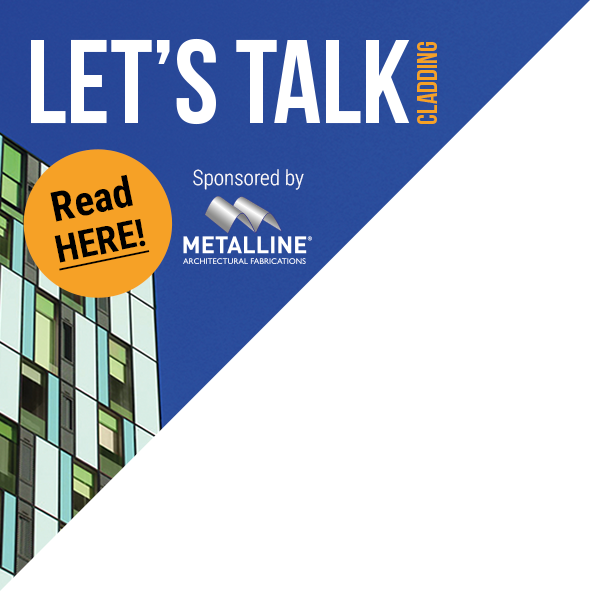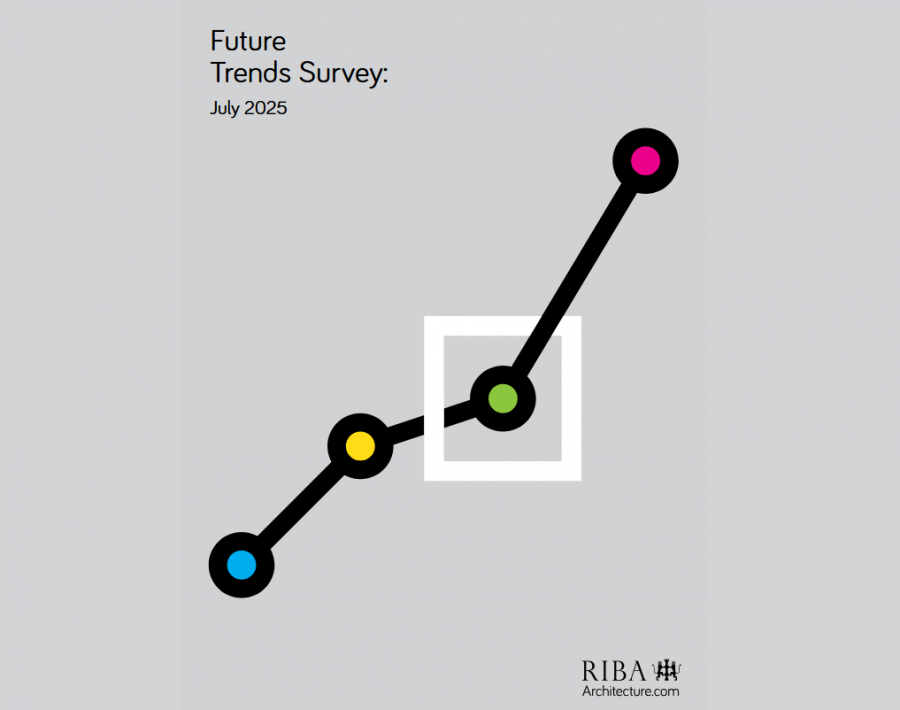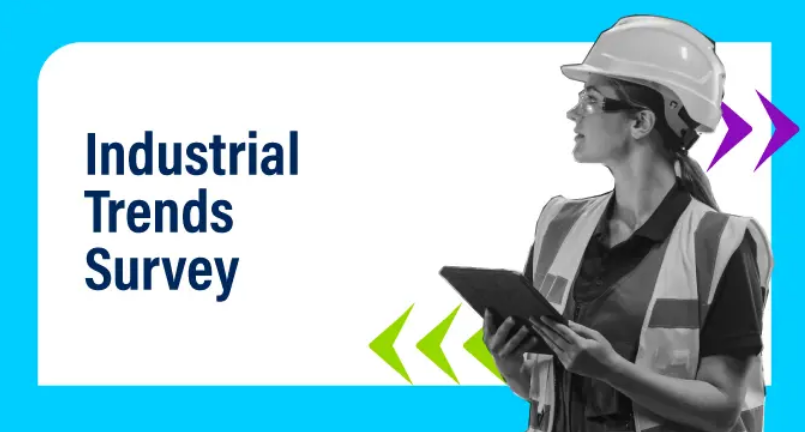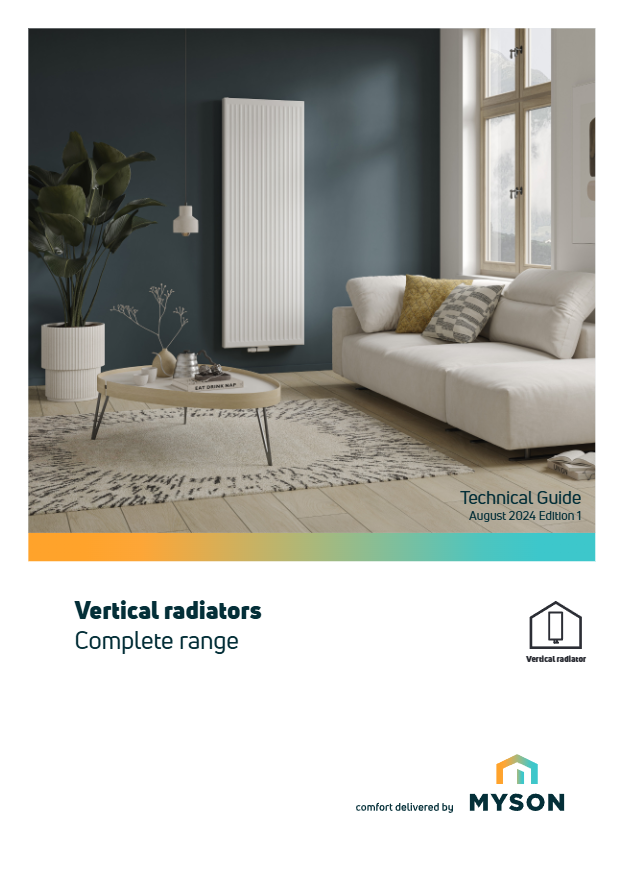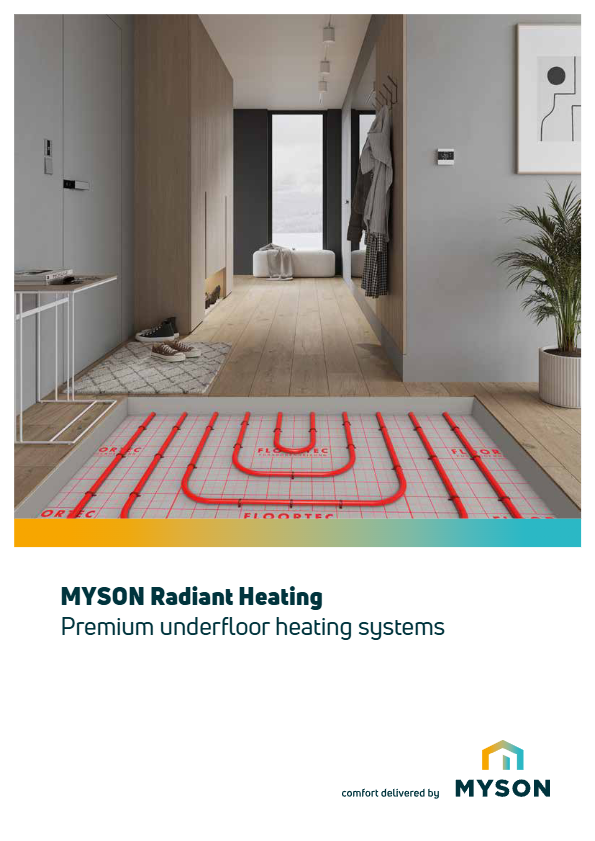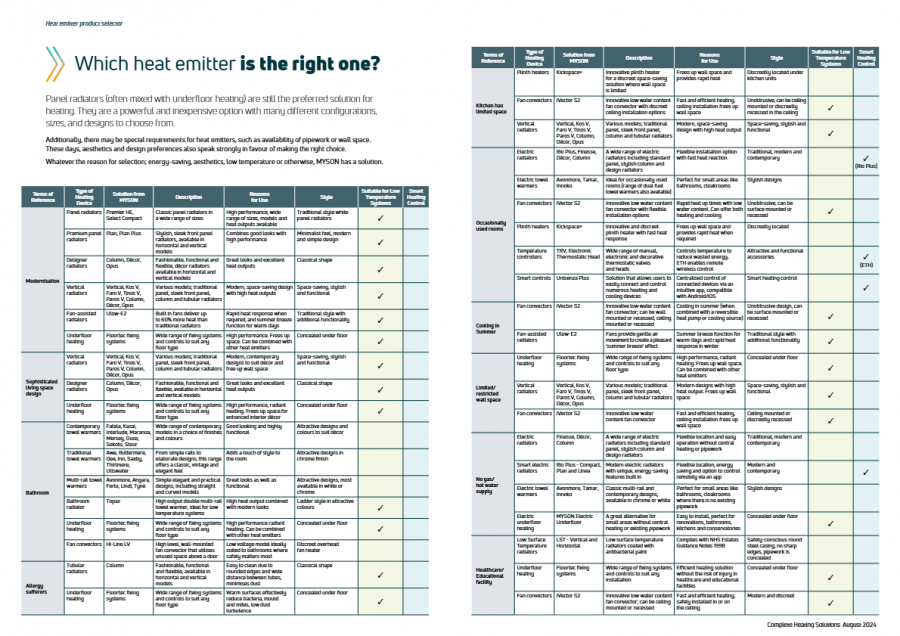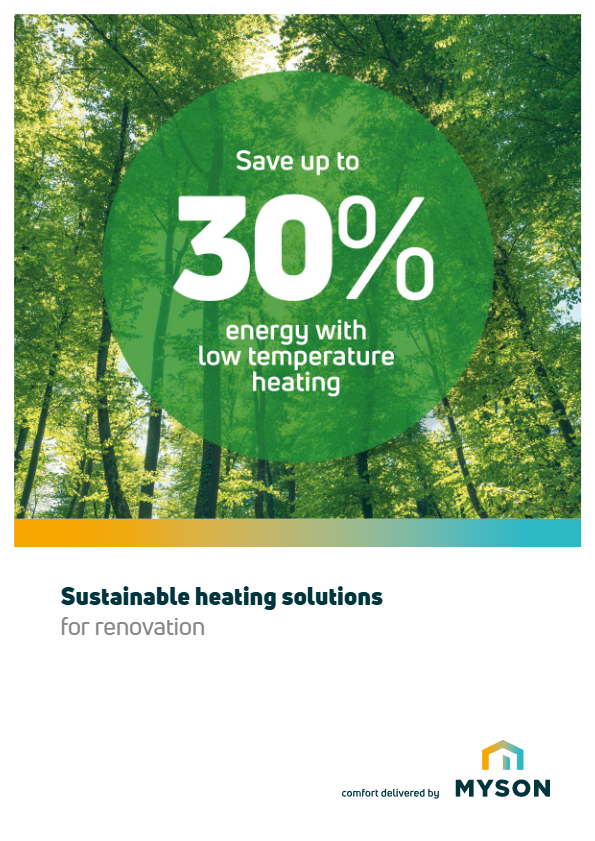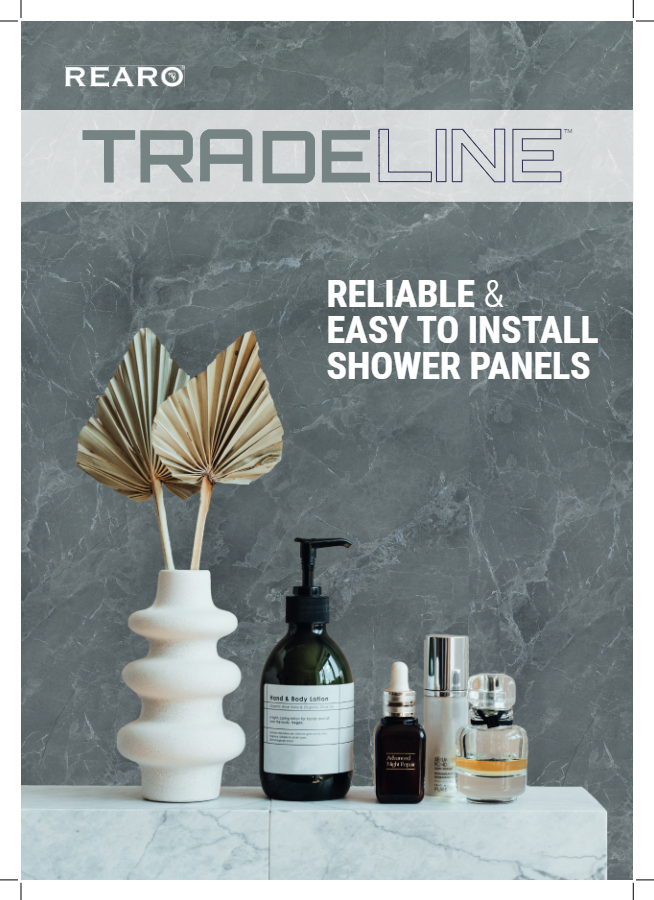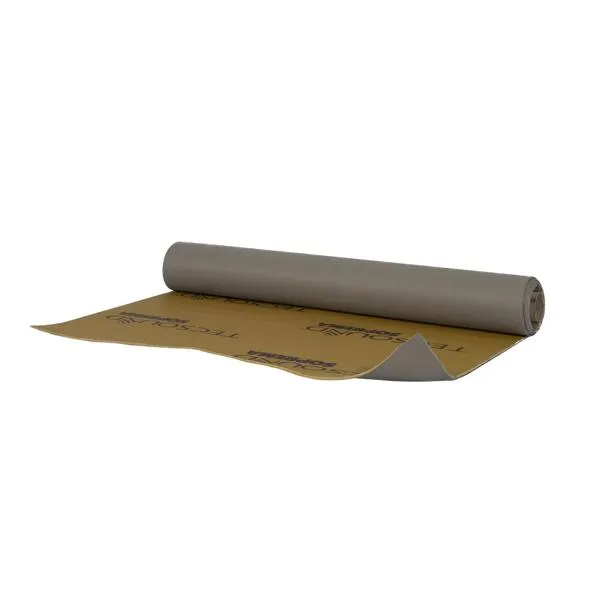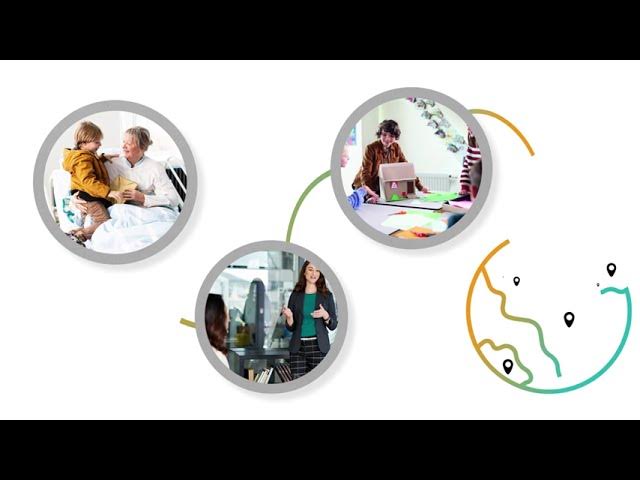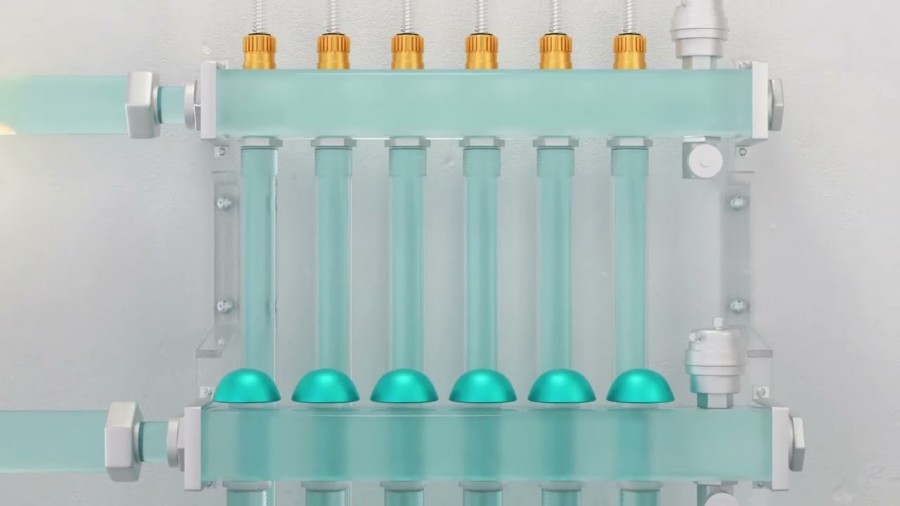A new report from
BRE Trust explores opportunities to address challenges in the built environment
industry using blockchain technology.
Distributed Ledger
Technology (of which blockchain is one application) is a digital record of the
economic transactions or changes in the ownership of an asset.
The information is
shared and continually updated on a network of computers simultaneously, whilst
secured through cryptography. This means that while allowing digital
information to be distributed, but not copied, a blockchain is both transparent
and incorruptible.
The new report,
‘Blockchain - feasibility and opportunity assessment’, draws insights from two
workshops run by the BRE Trust in partnership with Constructing Excellence and
industry professionals.
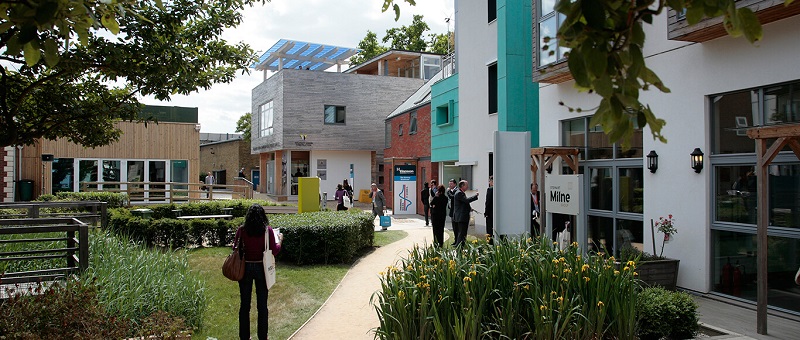
The issues it covers include:
- the potential for better
‘track and trace’ of products throughout their life cycles, to give a
clear picture of where they came from, who supplied them and who installed
them,
- the evolution of distributed
energy systems to support more localised energy creation and use,
- the use of blockchain
technology to help tackle modern slavery and human trafficking by creating
more transparency in construction supply chains,
- connected districts and
cities with the Internet of Things – blockchain technology offers a
distributed system of registers, all of which are connected through a
secure validation mechanism.
Dr Shamir Ghumra;
Director of the Centre of Sustainable Products said: “This report will help
inform the current debate on Distributed Ledgers and Blockchains; there are
many opportunities and synergies we can explore with this evolving technology
for the betterment of the built environment itself but importantly we should
see direct benefit and engagement with all parts of the value chain.”
The report presents
how blockchain could be applied to a wide range of built environment sectors,
but each potential application comes with questions and implications that
warrant further investigation.
For example, in an
industry that relies heavily on the regulation, certification and verification
of products and services, the risk of human error when creating coding raises
the question of whether a private or a public blockchain would be more appropriate.
While both act as distributed peer-to-peer networks, private blockchains have
organisations or governing bodies retaining control and verifying all users of
the system. Artificial intelligence and sensing technologies could also help
reduce the human-error risk factor, and provide a means of automatically
certifying and verifying application processes.
Also, large public
blockchains currently require huge amounts of energy to extract – ‘or mine’ –
the information needed to create the blocks – ie the records – that are linked
to form the chains. With an increased focus on optimum efficiency and sustainability,
the built environment industry will need to find new solutions to address this
issue. The potential to disrupt and change the way parts of the built
environment work and create value is about to take the jump forward, as Mark
Farmer, Co-Chair of Constructing Excellence said [we need to] “Modernise or
Die”.
The report,
‘Blockchain - feasibility and opportunity assessment’, is available on the BRE
Group website.
BRE welcomes all
interested parties to get in touch and join the debate to facilitate a
considered and expeditious route to harnessing the opportunities of the next
business revolution.
